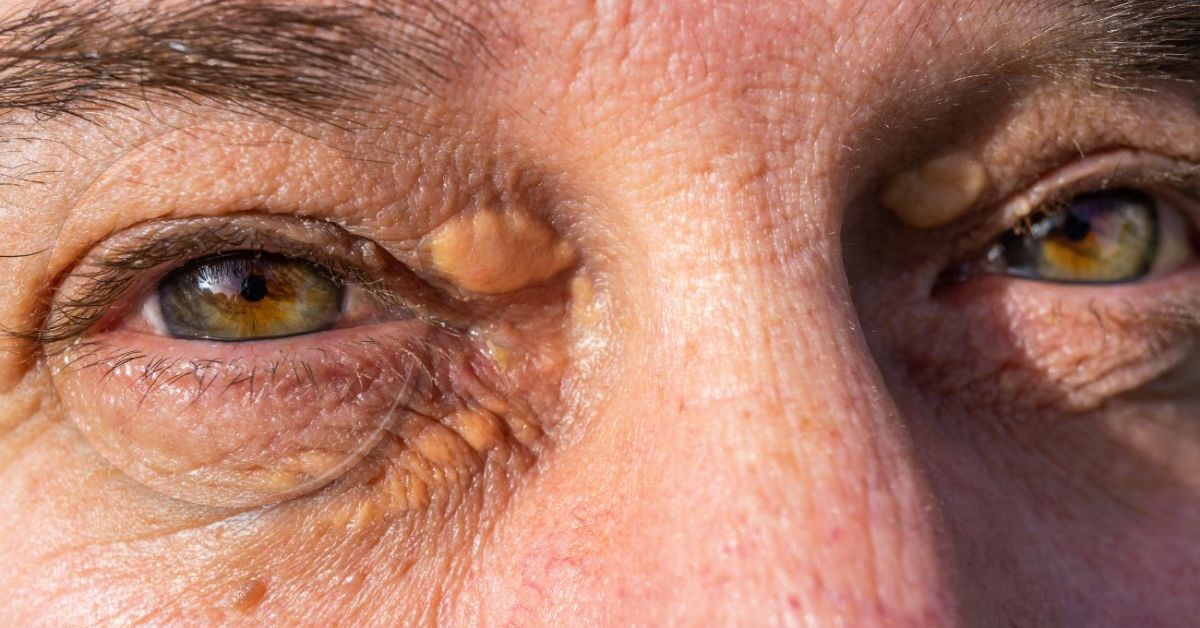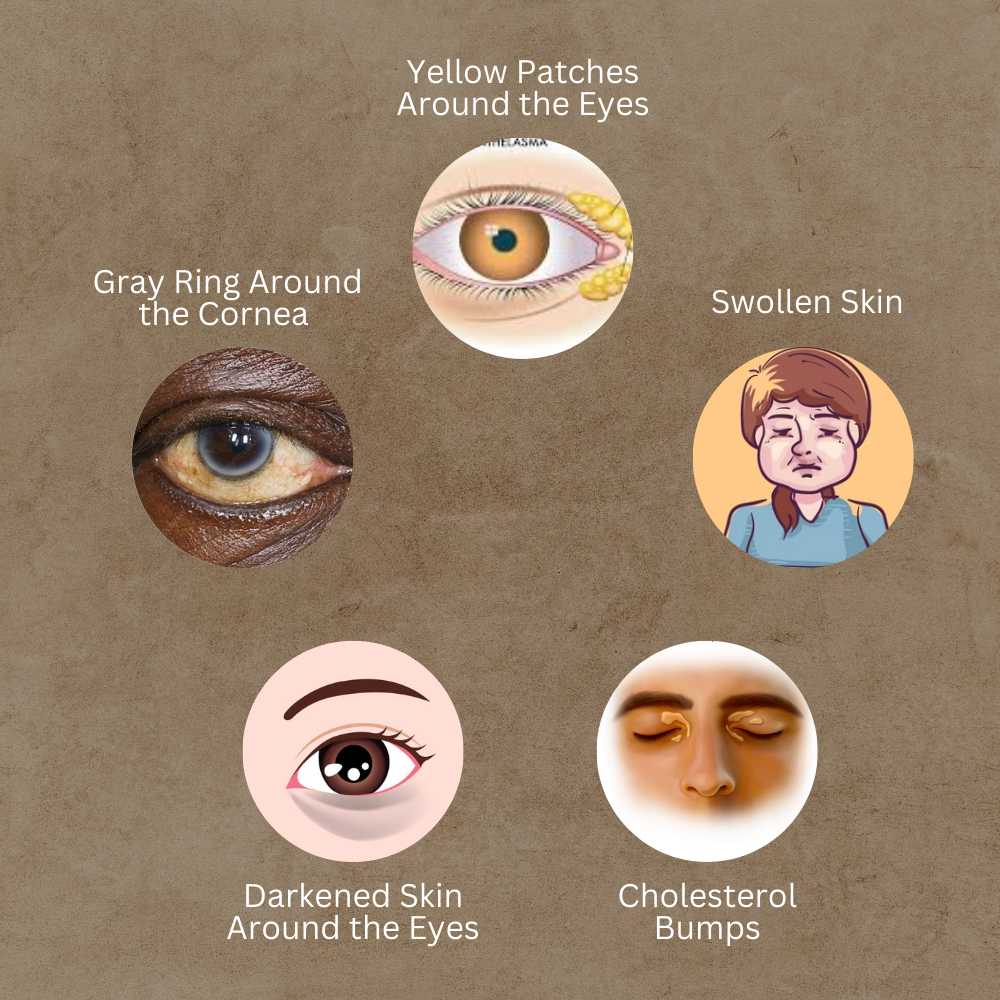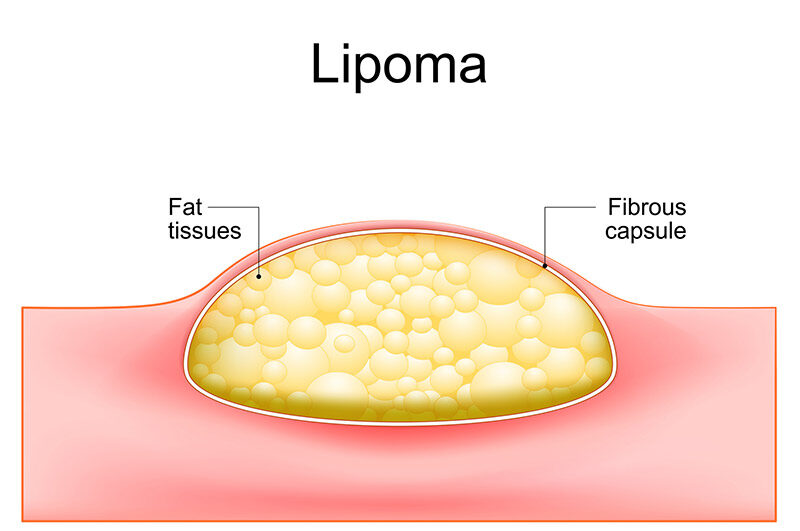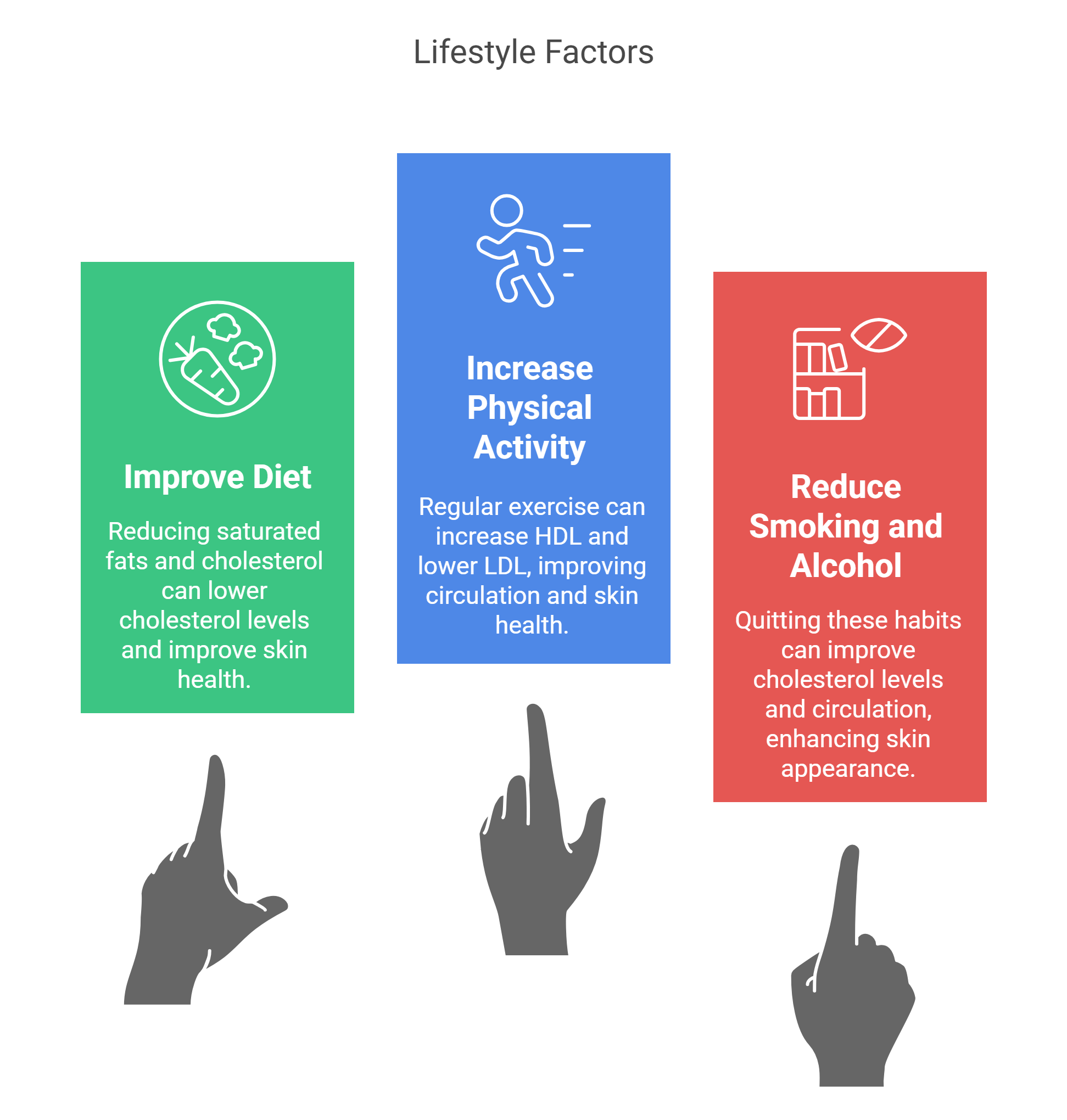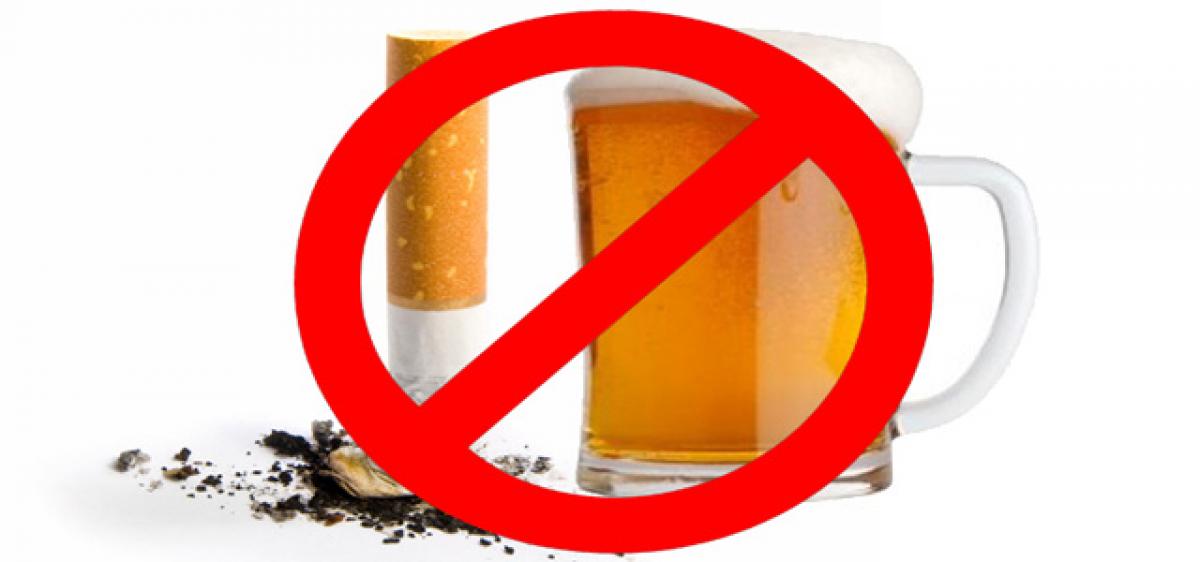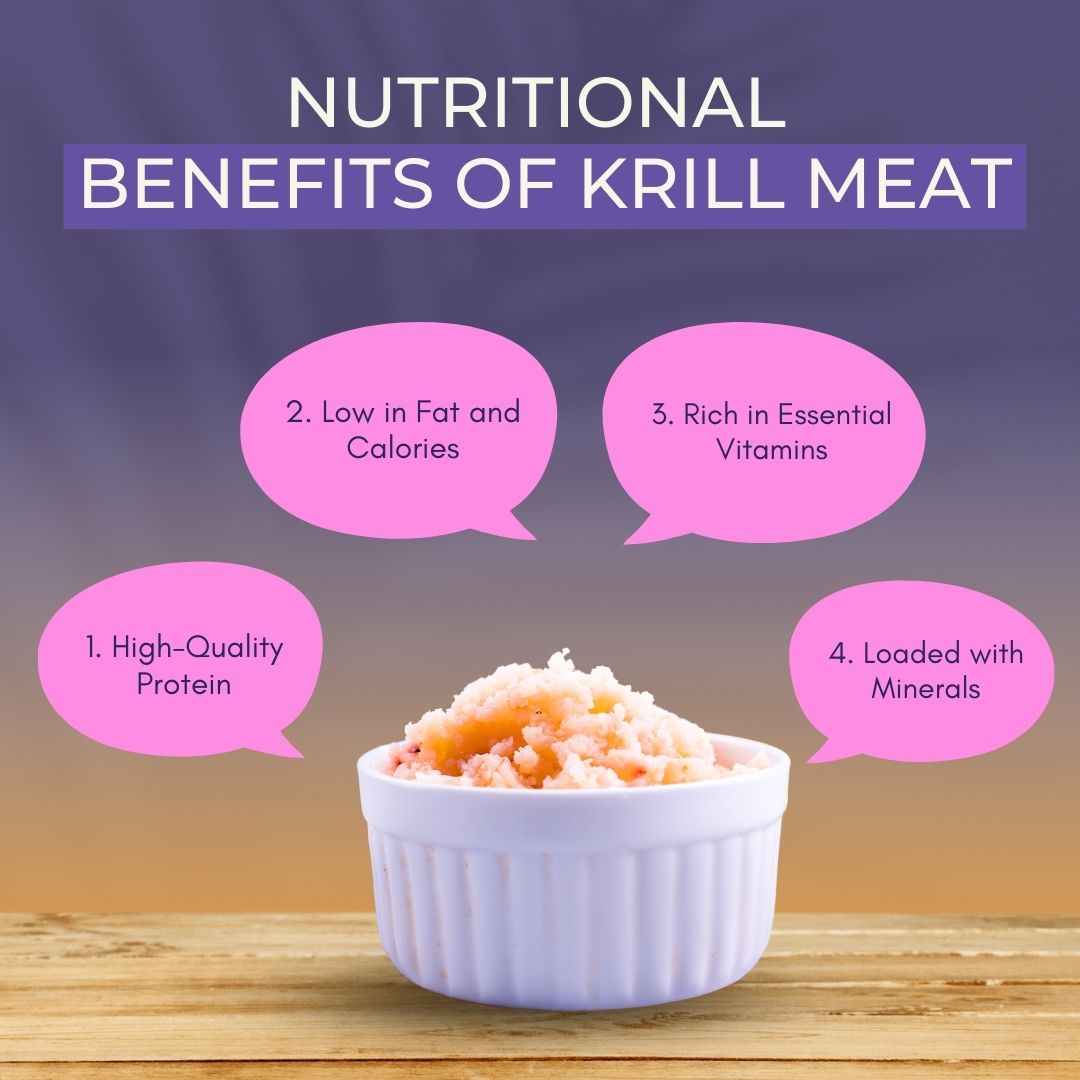Imagine waking up one morning, glancing in the mirror, and noticing small yellowish patches around your eyes. It’s easy to brush off as a minor skin issue, but did you know it could be a sign of something more serious, like high cholesterol? Many people are unaware that their cholesterol levels can reveal themselves through subtle changes on their face.
In fact, studies suggest that up to 50% of individuals with xanthelasma (those yellowish patches) have elevated cholesterol levels. While cholesterol is often discussed in terms of heart health, the signs on your face can be just as telling.
In this article, we’ll explore 5 common signs of high cholesterol on face. You’ll also learn about lifestyle changes and when it’s important to seek medical advice.
Let’s dive into how you can take control of your health by staying alert to the signs your body may be giving you.
The Importance of Cholesterol Monitoring for Your Health
Imagine you’re cruising down the highway, feeling the smooth ride. But then, an unexpected light flashes on the dashboard—a reminder of something beneath the surface that needs attention. That’s how cholesterol works in our bodies: it’s easy to overlook but crucial to monitor, especially since high cholesterol often shows no obvious symptoms.
Cholesterol, a waxy substance, is essential for building cells and producing hormones. But too much of it, especially LDL or “bad cholesterol,” can quietly block arteries, increasing your risk for heart disease and stroke. Without regular checks, these dangers can go unnoticed until they become serious problems.
Monitoring cholesterol levels is like routine maintenance; it helps catch early warning signs, giving you the chance to take control with diet, exercise, or medication before complications arise.
For those with a family history, high blood pressure, or a diet heavy in fats, regular cholesterol tests are especially vital. It’s not just about knowing your numbers; it’s about peace of mind, knowing you’re doing what you can to keep your heart and arteries healthy.
Common Signs of High Cholesterol on Face
Cholesterol might be invisible in day-to-day life, but sometimes, it leaves clues right on your face. Here are five signs that could hint at elevated cholesterol levels:
Xanthelasma (Yellow Patches Around the Eyes)
Picture this: you look in the mirror one day and notice small, yellowish patches forming around the corners of your eyes. It might seem like a minor cosmetic issue, but these yellow marks, called xanthelasma, could be a sign of something bigger happening inside your body. These patches form when cholesterol builds up under the skin, creating soft, fatty deposits.
While they don’t hurt or cause physical discomfort, they often indicate elevated cholesterol levels, particularly the “bad” kind known as LDL.
Think of these patches as your body’s subtle way of waving a caution flag. Xanthelasma doesn’t directly harm you, but it’s a sign you shouldn’t ignore. Research suggests that people who develop xanthelasma may be at a higher risk of heart problems down the road. So, if you spot these patches, it’s worth getting your cholesterol checked.
It’s always better to catch issues early before they lead to bigger health complications.
Puffy Face or Swollen Skin
Have you ever woken up with a puffy face and thought it was just a bad night’s sleep? While that can be true, frequent puffiness—especially around the eyes and cheeks—might be more than just tired skin. High cholesterol can cause inflammation in your body, leading to fluid retention and swelling. When cholesterol clogs arteries or disrupts normal blood flow, your face can take on a bloated appearance.
Think of it like a garden hose that’s been squeezed too tightly—when blood flow slows or becomes inefficient, certain areas, like the face, may start to swell. Although facial puffiness has many causes, if you’re noticing it frequently, especially along with other signs of high cholesterol, it could be a sign that your body’s plumbing (your arteries) needs a closer look.
Cholesterol Bumps (Lipomas)
Imagine feeling a small, firm bump under the skin of your face or neck. These lumps, known as lipomas, are fatty deposits that can form when cholesterol levels are out of balance. They might not cause pain or discomfort, but their presence is another indicator that cholesterol is building up in your body. Lipomas are usually harmless, but they are your body’s way of telling you that it’s time to get your cholesterol checked.
Lipomas can be likened to tiny “storage bins” where your body places excess fat when cholesterol levels run too high. These bumps tend to appear gradually and can grow over time if cholesterol remains elevated. While they aren’t dangerous by themselves, they’re a sign that there’s an underlying issue with fat buildup that could eventually lead to more serious health problems, like heart disease.
Darkened Skin Around the Eyes
Imagine waking up to dark patches or circles around your eyes. We often link these to lack of sleep, but did you know they could hint at something more? When cholesterol levels are high, it can affect blood flow in the smaller vessels around the eyes. This disruption can lead to darker skin as blood flow slows down, pooling slightly in the delicate skin under your eyes.
Think of these dark circles as a caution sign from your body. While not unique to high cholesterol, if these circles are accompanied by other symptoms like puffy skin or yellow patches, it might be time to get your cholesterol levels checked. Better safe than sorry, as early detection can prevent bigger health issues down the road.
Gray Ring Around the Cornea (Arcus Senilis)
Picture this: you notice a pale or grayish ring forming around the outer edge of your cornea. This ring, known as arcus senilis, often appears in older adults but can sometimes hint at high cholesterol levels. Essentially, when cholesterol begins to build up, tiny deposits form in the eye, creating a visible ring.
This ring is like a subtle clue from your body, signaling that cholesterol may be present where it shouldn’t be. While arcus senilis doesn’t harm your vision, it’s a sign that deserves attention. If you spot this along with other signs—like xanthelasma or puffy skin—it’s wise to check your cholesterol levels. Early action could make a significant difference for your heart health and overall well-being.
Who Faces the Highest Risk of Cholesterol Signs?
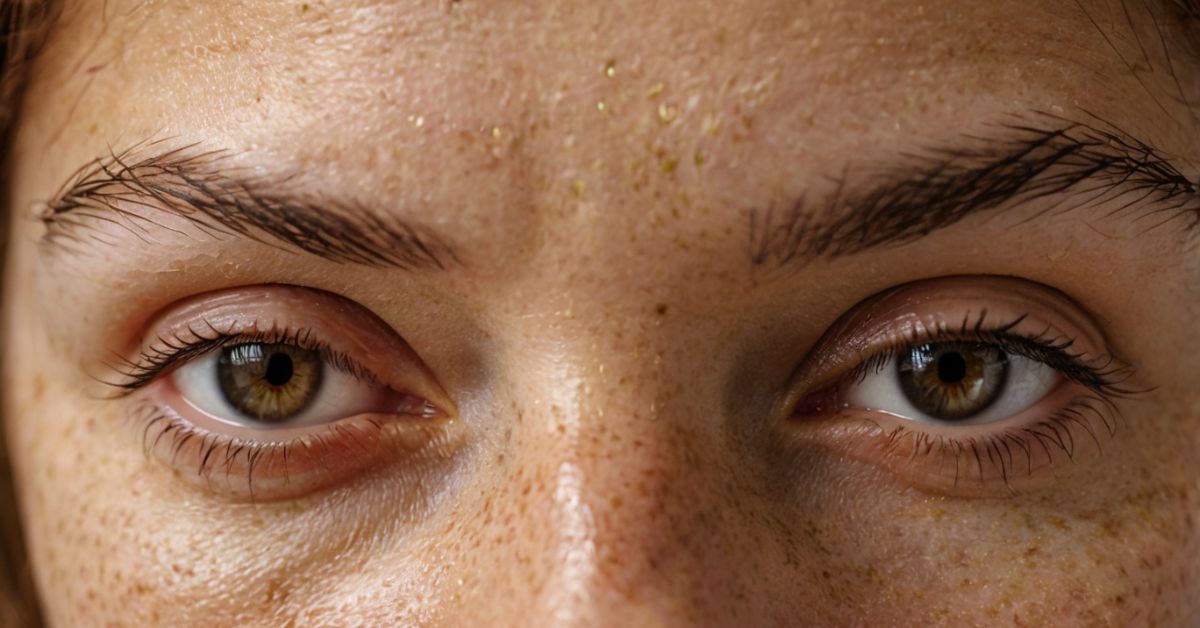
Age
As we get older, cholesterol levels naturally tend to rise. This is because our body’s metabolism slows down, and we may become less physically active. Individuals over the age of 40 are more likely to show signs of high cholesterol, including skin changes.
Genetics
Family history plays a significant role. If high cholesterol runs in your family, you may be genetically predisposed to develop it. This condition, often referred to as familial hypercholesterolemia, can cause cholesterol levels to remain high even in younger individuals, leading to the potential appearance of signs like xanthelasma.
Existing Medical Conditions
Heart Disease: Individuals with existing cardiovascular issues may be more susceptible to facial signs of high cholesterol. Poor blood circulation and fatty deposits make cholesterol-related symptoms more pronounced.
Diabetes: People with diabetes often struggle with lipid imbalances. Insulin resistance can increase LDL (bad cholesterol) levels, putting diabetics at a higher risk for conditions like xanthelasma and other visible cholesterol-related symptoms.
Lifestyle Factors
Poor Diet: Diets high in saturated fats, trans fats, and cholesterol can lead to high cholesterol levels, increasing the risk of symptoms appearing on the face.
Lack of Physical Activity: An inactive lifestyle can contribute to elevated LDL levels and reduced HDL (good cholesterol), further increasing the risk.
Smoking and Excessive Alcohol Use: These habits can also negatively impact cholesterol levels, narrowing blood vessels, and affecting circulation, potentially causing visible changes in the skin.
Obesity and Overweight
Being overweight often leads to increased cholesterol levels, as excess body fat affects lipid metabolism. Those who are obese are more likely to see cholesterol-related symptoms, including visible signs on the skin.
High-Risk Populations for Visible Signs
People with a combination of the above risk factors, such as older adults with a family history of cholesterol issues and existing medical conditions like heart disease or diabetes, are most likely to develop visible signs of high cholesterol on their faces. These individuals are especially encouraged to take preventive measures and maintain regular check-ups to monitor their cholesterol levels.
Noticing these signs early and understanding who is most at risk can make a big difference in managing cholesterol levels and preventing future complications.
How to Confirm if Facial Changes are Related to Cholesterol
If you’ve noticed unusual signs on your face, such as yellowish bumps around the eyes or persistent skin changes, it’s essential to determine if high cholesterol might be the cause. Here’s a step-by-step guide:
Seek Professional Diagnosis
While certain signs like xanthelasma may suggest high cholesterol, self-diagnosis can be misleading. Only a healthcare professional can accurately determine the cause, as similar skin changes can result from various conditions. Consulting a medical expert will help you confirm if these symptoms relate to cholesterol or another health issue.
Schedule a Cholesterol Test
If you observe unusual symptoms—such as yellow deposits around the eyes or other persistent skin changes—schedule an appointment with your healthcare provider. Request a cholesterol test, often called a lipid panel, which measures:
- LDL (Low-Density Lipoprotein): Often referred to as “bad cholesterol.”
- HDL (High-Density Lipoprotein): Known as “good cholesterol.”
- Triglycerides: Another type of fat found in the blood.
This simple blood test can provide essential insights into your cholesterol levels, potentially explaining the visible changes on your face.
Share Detailed Symptoms with Your Doctor
When discussing your symptoms, be thorough. Mention when you first noticed them, how they’ve evolved, and any related health issues like heart disease or diabetes. Providing this background helps your doctor form a complete understanding and make an accurate diagnosis.
Understand the Value of Early Detection
Confirming whether these signs relate to cholesterol is a vital step toward early intervention. High cholesterol can lead to serious health risks, like heart attacks and strokes, so a timely diagnosis enables lifestyle adjustments and prescribed treatments before complications arise.
Act Promptly if You Notice These Signs
If you’re experiencing facial changes linked to cholesterol, don’t overlook them. Contact a healthcare provider to get tested—early confirmation allows you to take proactive steps toward better health. The sooner you address these signs, the easier it becomes to take preventive measures for a healthier future.
Tips for Managing Cholesterol Levels
Taking control of cholesterol doesn’t have to be overwhelming. By adopting a few straightforward lifestyle changes, you can make a lasting impact on your heart health. Here are some easy, actionable tips to help you keep cholesterol in check and support overall wellness.
Embrace a Heart-Healthy Diet
What you eat plays a vital role in managing cholesterol. Try focusing on these nutritional changes:
- Boost Fiber Intake: Foods rich in soluble fiber—like oats, beans, lentils, apples, and berries—help reduce “bad” cholesterol (LDL) by binding with it in the digestive system and flushing it out before absorption.
- Opt for Healthy Fats: Swap saturated fats (found in butter, red meat, and full-fat dairy) for healthy fats from sources like olive oil, avocados, and fatty fish such as salmon. These fats can help increase “good” cholesterol (HDL).
- Cut Out Trans Fats: Trans fats, common in processed foods, are notorious for raising LDL. Check food labels and avoid products with “partially hydrogenated oils.”
- Add Omega-3s: Foods rich in omega-3 fatty acids, like walnuts, flaxseeds, krill oil, and fatty fish, are excellent for heart health. Omega-3s help reduce inflammation and support better cholesterol balance.
Stay Physically Active to Boost HDL
Exercise is a key part of cholesterol management, helping to increase “good” HDL cholesterol and improve overall circulation.
- Set a Goal for Movement: Aim for at least 30 minutes of moderate exercise daily, such as brisk walking, swimming, or cycling. If that seems daunting, start with shorter sessions and gradually build up.
- Incorporate Strength Training: Adding strength exercises, like resistance band workouts or weight lifting, a few times a week not only builds muscle but also aids in metabolism and cholesterol management.
Focus on Maintaining a Healthy Weight
Carrying extra weight can elevate cholesterol levels, but even modest weight loss can make a significant difference.
- Make Small Changes That Add Up: Choose sustainable, gradual adjustments like taking the stairs, swapping sugary snacks for fruits, or reducing portion sizes. These small efforts can lead to lasting changes in cholesterol levels and overall health.
Quit Smoking and Limit Alcohol Intake
Smoking and excessive alcohol consumption negatively impact cholesterol and heart health.
- Quit Smoking for Immediate Benefits: Stopping smoking can improve HDL levels almost instantly and enhance overall heart health.
- Moderate Alcohol Consumption: While moderate alcohol (up to one drink per day for women and two for men) may support HDL, excessive intake is harmful. Keep intake controlled to protect both cholesterol levels and liver health.
Schedule Regular Check-Ups
Regular check-ups with your healthcare provider help you monitor cholesterol and make proactive decisions.
- Know Your Cholesterol Numbers: Routine blood tests can provide critical insights into LDL, HDL, and triglycerides, empowering you to make informed lifestyle changes.
- Follow Your Doctor’s Advice: If medication or dietary changes are suggested, adhering to your doctor’s guidance can be crucial in managing cholesterol effectively.
The Power of Consistency: Small Changes, Big Impacts
Effective cholesterol management is built on consistent, sustainable changes. Imagine your health journey as climbing a staircase—each small, consistent effort brings you one step closer to your goal. By focusing on balanced eating, regular movement, and mindful habits, you can achieve long-term benefits for cholesterol management and overall well-being.
Conclusion
Keeping an eye on facial changes can be an insightful way to stay proactive about your cholesterol levels. While signs like yellow patches around the eyes or a gray ring on the cornea may seem harmless, they could be early warnings of high cholesterol—a condition that silently impacts heart health and overall wellness.
By learning to recognize these signs and seeking timely medical advice, you’re taking an important step toward managing potential risks before they escalate.
Remember, managing cholesterol is within your reach. Adopting small, sustainable lifestyle changes like a balanced diet, regular exercise, and routine health check-ups can make a significant impact. Even small efforts to reduce cholesterol can pave the way for a healthier, heart-smart future.
Embrace these steps today, your future self and your heart will thank you.
FAQ
What is xanthelasma, and what causes it?
Xanthelasma are yellow patches that form around the eyes when cholesterol builds up under the skin. They often indicate high levels of LDL (bad cholesterol). If you notice xanthelasma, it’s advisable to get your cholesterol checked, as this could be a sign of an underlying health issue.
Can high cholesterol make my face puffy?
Yes, facial puffiness or swelling around the eyes and cheeks can sometimes be a sign of high cholesterol. When cholesterol causes inflammation or disrupts normal blood flow, it can lead to fluid retention and swelling.
How often should I get my cholesterol checked?
It’s recommended to have your cholesterol checked every 4 to 6 years if you’re a healthy adult with no risk factors. However, if you have conditions like heart disease, diabetes, or a family history of cholesterol issues, your doctor may advise more frequent testing.

